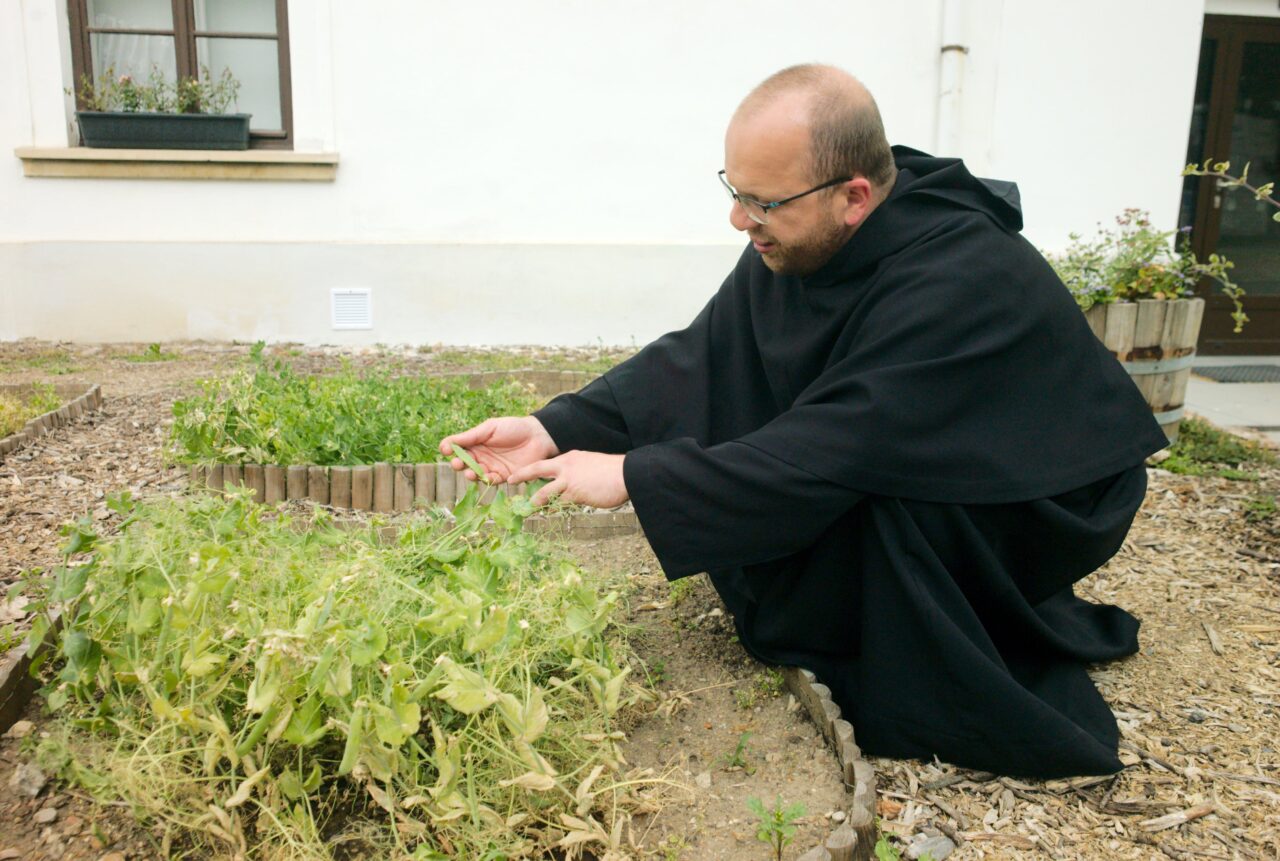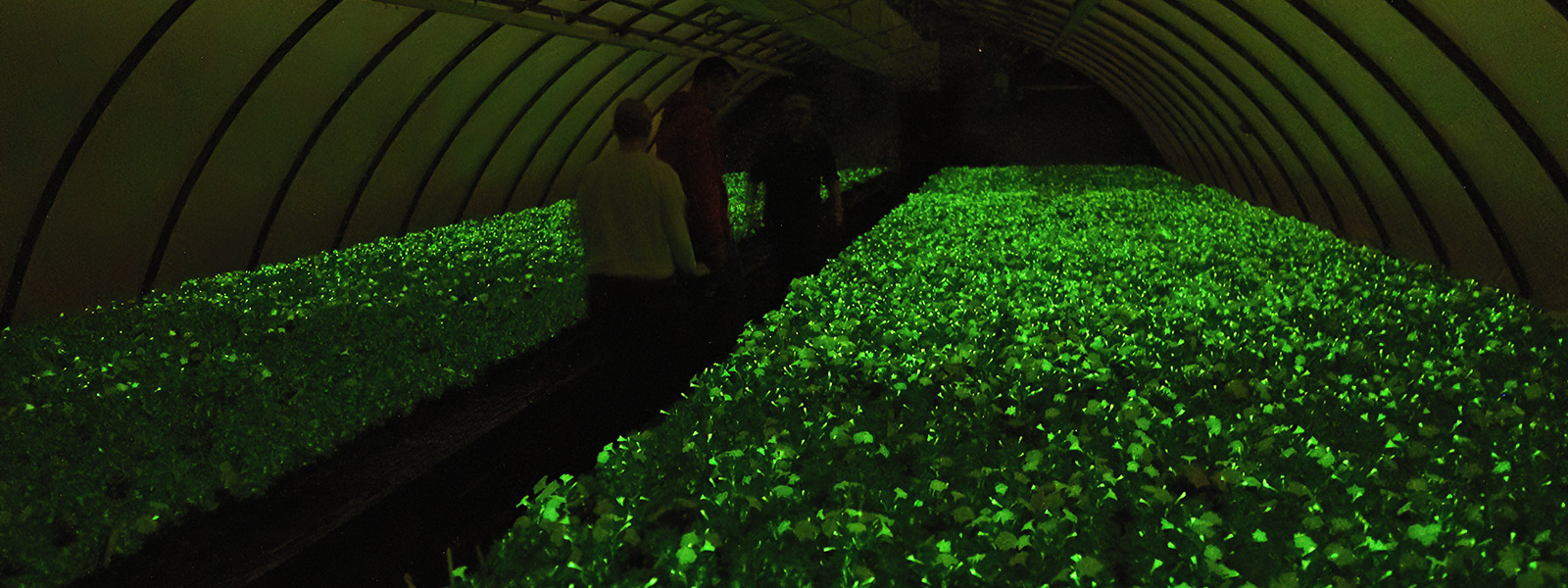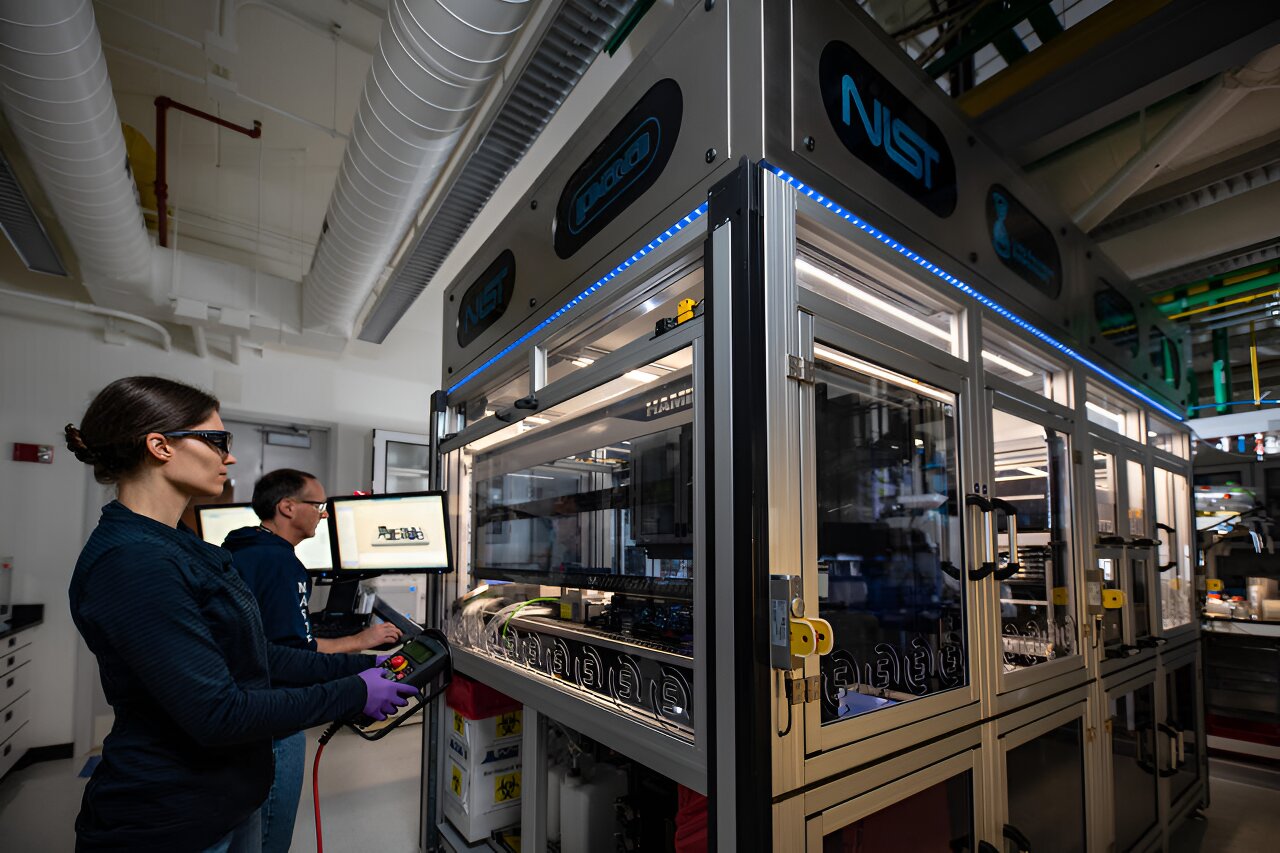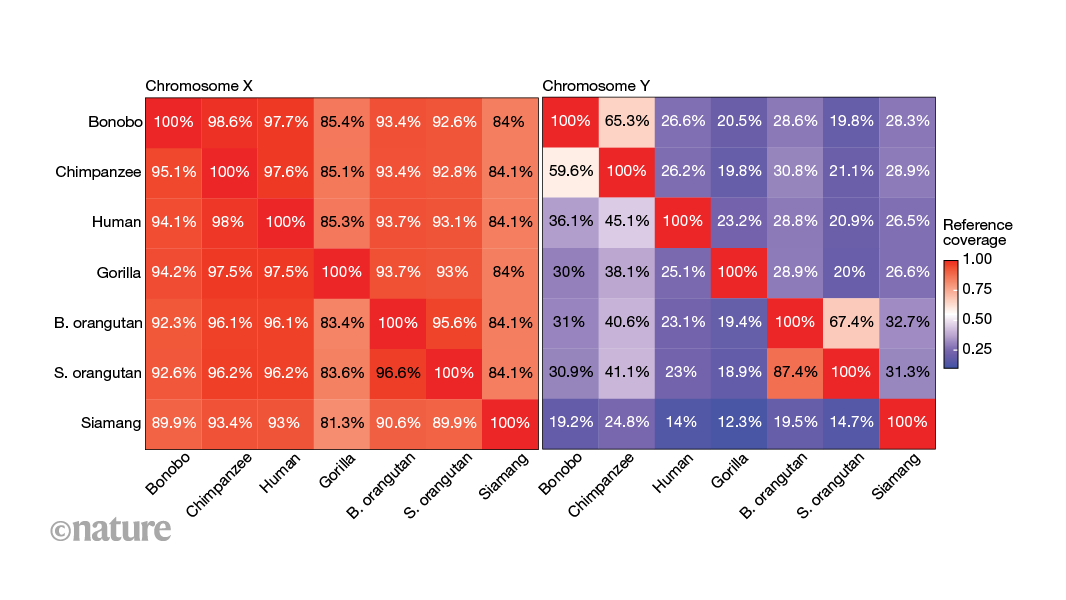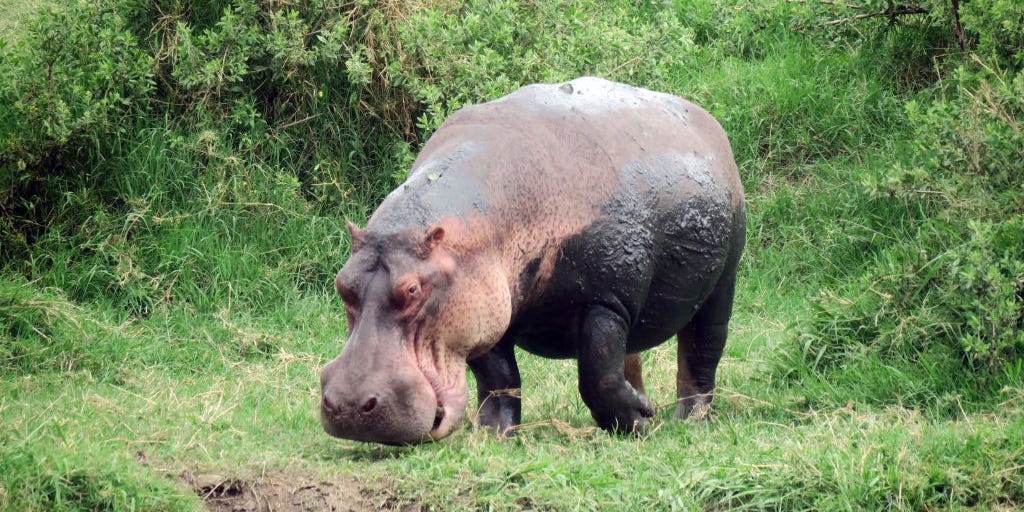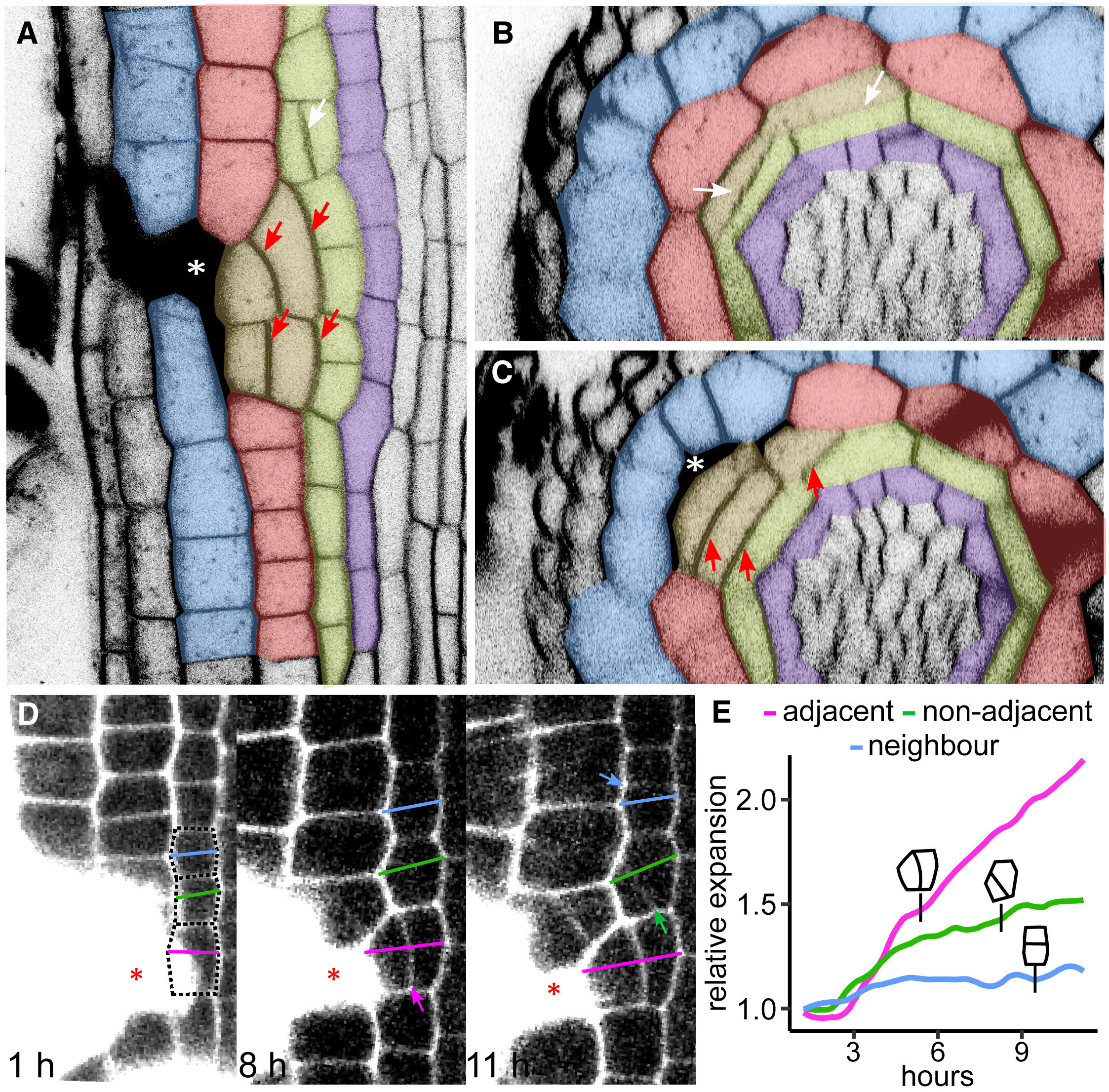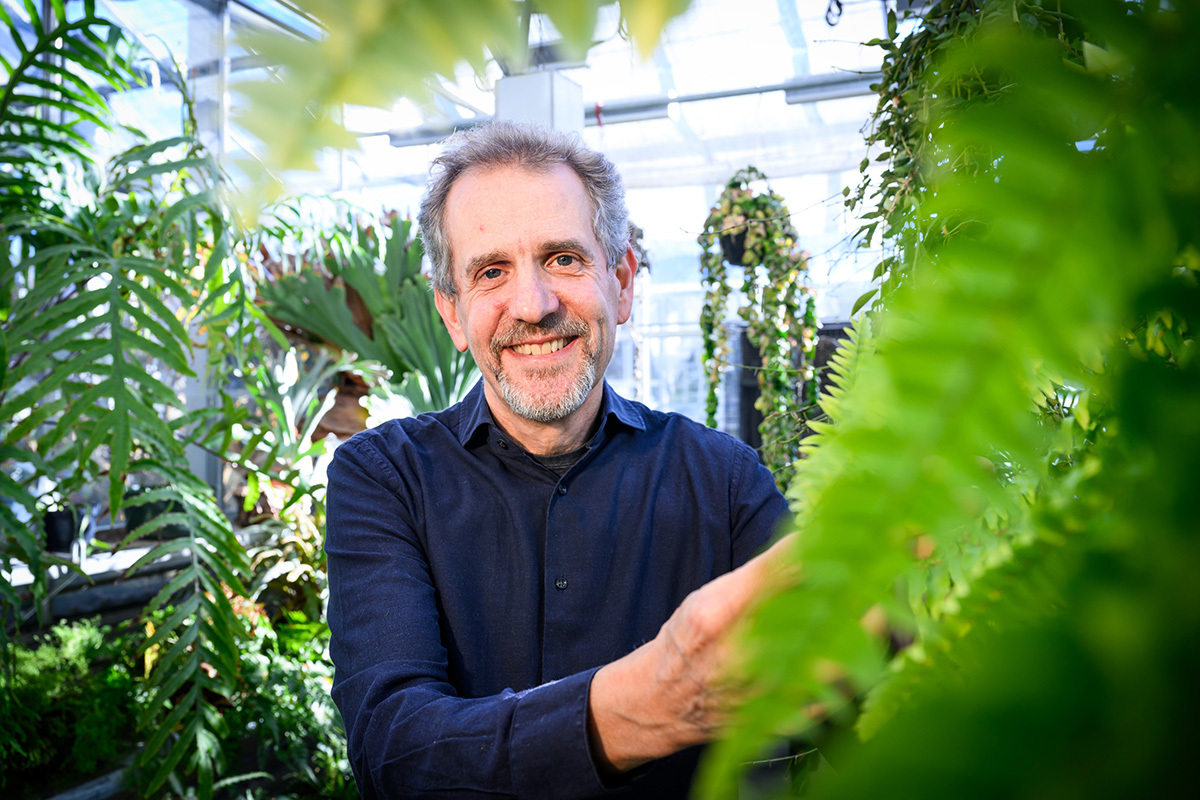Biology
>Many microbes and cells are in deep sleep, waiting for the right moment to activate. >Harsh conditions like lack of food or cold weather can appear out of nowhere. In these dire straits, rather than keel over and die, many organisms have mastered the art of dormancy. They slow down their activity and metabolism. Then, w >Sitting around in a dormant state is actually the norm for the majority of life on Earth: By some estimates, 60% of all microbial cells are hibernating at any given time. Even in organisms whose entire bodies do not go dormant, like most mammals, some cellular populations within them rest and wait for the best time to activate. >“Life is mainly about being asleep.” >Because dormancy can be triggered by a variety of conditions, including starvation and drought, the scientists pursue this research with a practical goal in mind: “We can probably use this knowledge in order to engineer organisms that can tolerate warmer climates,” Melnikov said, “and therefore withstand climate change.” >Balon is notably absent from *Escherichia coli* and *Staphylococcus aureus*, the two most commonly studied bacteria and the most widely used models for cellular dormancy. By focusing on just a few lab organisms, scientists had missed a widespread hibernation tactic, Helena-Bueno said. “I tried to look into an under-studied corner of nature and happened to find something.” >“Most microbes are starving,” said [Ashley Shade](https://ashley17061.wixsite.com/shadelab), a microbiologist at the University of Lyon who was not involved in the new study. “They’re existing in a state of want. They’re not doubling. They’re not living their best life.” >“This is not something that’s unique to bacteria or archaea,” Lennon said. “Every organism in the tree of life has a way of achieving this strategy. They can pause their metabolism.” >“Before the invention of hibernation, the only way to live was to keep growing without interruptions,” Melnikov said. “Putting life on pause is a luxury.” >It’s also a type of population-level insurance. Some cells pursue dormancy by detecting environmental changes and responding accordingly. However, many bacteria use a stochastic strategy. “In randomly fluctuating environments, if you don’t go into dormancy sometimes, there’s a chance that the whole population will go extinct” through random encounters with disaster, Lennon said. In even the healthiest, happiest, fastest-growing cultures of *E. coli*, between 5% and 10% of the cells will nevertheless be dormant. They are the designated survivors who will live should something happen to their more active, vulnerable cousins. >More fundamentally, Melnikov and Helena-Bueno hope that the discovery of Balon and its ubiquity will help people reframe what is important in life. We all frequently go dormant, and many of us quite enjoy it. “We spend one-third of our life asleep, but we don’t talk about it at all,” Melnikov said. Instead of complaining about what we’re missing when we’re asleep, maybe we can experience it as a process that connects us to all life on Earth, including microbes sleeping deep in the Arctic permafrost.
Abstract: So, uh, yeah, listen… in this totally unexpected and wild journey of self-discovery, I, like, noticed some real trippy stuff happening to my body. Bro, I swear I felt vibrations from my cat’s steps before he even touched me. My movements? They’re, like, flowing with the wind, man. And don’t even get me started on this bottle that straight-up sparkled in the dark like it was some magical artifact from a fantasy realm. Oh, and by the way—my wings? Yeah, they’re here now, dude. I present to you: a deeply scientific, but totally chill recounting of these changes. Let’s vibe. Introduction: Yo, Is This Even Real Life? So, here I am, just sitting there, minding my own business, you know, doing normal stuff—when, out of nowhere, things start getting weird. Like, really weird, man. My cat? Yeah, I felt him coming before he even got near me. I don’t know, man, it’s like I could sense his tiny footsteps vibrating through the air like I was some kind of mystical tuning fork. You know what I mean? It’s like, I was one with the vibrations, dude. I don’t know if it was Tuesday or Wednesday, but time is a construct anyway. And honestly, it all started with a sparkle… literally. Vibrational Perception: The Cat Whisperer, But Make It Sci-Fi Okay, so I’m just sitting there, vibing hard, and then—boom—I feel my cat’s tiny ninja footsteps coming towards me. Like, before he even got near. Yes, you read that right—I felt my cat approaching like I was some sort of human antenna for cat vibrations. Can you imagine that, bro? I felt those little furball foot tremors in the air like a straight-up animal whisperer, but like, extra evolved or something. At that point, I’m sitting there thinking, “Okay, am I a Jedi now? Is this what being a Jedi feels like?” ’Cause, man, I could feel the air moving—vibrating—before my furry friend even got close. Am I part cat? Part T-rex? I don’t even know anymore, dude. Movement: Like a Gazelle? Or Maybe a Slinky on a Mission? So, like, after that whole vibration thing, I noticed something else—dude, I was gliding. I’m talking smooth, like, sliding through tight spaces like I was made of butter or something. It’s like gravity? Nah, we don’t know her anymore. One moment I’m out here bumping into stuff like, “Oops, my bad,” and the next? Bro, I’m doing pirouettes through doorways like a straight-up ballerina. Yes, I’m basically the Usain Bolt of chill, man. Sliding through rooms, probably too high to realize how ridiculous I look but feeling so majestic. The Sparkling Bottle: A Disco Ball, But Make It Hydration Okay, okay, but you know what really got me? My water bottle, man. That thing sparkled in the dark. And no, not like a “huh, the light’s hitting it just right” kind of sparkle. I’m talking full-on disco ball at Studio 54 vibes. Yes, my bottle was the star of its own rave, and I was just vibing with it. I don’t know if it was my heightened senses or if the bottle really was some magical artifact, but there it was—twinkling like a star in the night sky, and I just sat there like, “Damn… that’s deep.” Honestly, bro, the water hit different after that. Vocal Changes: A Dinosaur Got Stuck in My Throat, Probably So then, out of nowhere, I start, like, making new sounds. Not normal human sounds, mind you—oh no, bro. These were the kinds of sounds that make you wonder if you’ve somehow turned into some ancient raptor hybrid. Yes, you heard me—I’m out here sounding like a T-rex that just woke up from a nap. One minute I’m chilling, the next I’m letting out this guttural laugh like I’m on a wildlife documentary about prehistoric creatures. And it wasn’t just the laugh, man—there’s also this high-pitched screech I do sometimes, like I’m calling out to my fellow raptors in the jungle. Dude, it’s wild. My voice is doing things it definitely wasn’t doing before, and I’m just sitting here, accepting that I might not be 100% human anymore. Physical Growth: Wings? Oh Yeah, That’s a Thing Now. And now, for the grand finale—wings. Yes, you read that right. Wings, man. I felt it—this weird stretch happening on my right side, like my body was saying, “Hey, we’re ready to take off now, thanks.” It felt like my right wing was this close to just popping out and saying, “What’s up?” My back? Flattened out like I’m prepped for high-speed takeoff at any moment. Like, I’m not saying I’m about to start flying around, but I’m not not saying it either. Also, clothes? Forget about it. My shorts? They’ve basically become parachutes at this point, hanging on for dear life while I float through existence. Lightness enveloped me, dude. I felt like a feather just waiting for the wind to carry me away. Conclusion: Dude, What Is Even Happening Anymore? So, yeah, that’s where we’re at. I don’t even know what’s happening to me anymore, man, but it’s kind of amazing, right? I’m out here feeling vibrations, sparkling in the dark, laughing like a dinosaur, screeching like a bird, and maybe, just maybe, sprouting wings. Yes, my life has become a beautiful, chaotic mess of weird and wonderful. I feel like I’m evolving into something else entirely—something between human and… I don’t know, a T-rex-cat-bird hybrid? In the end, though, I’m just rolling with it. ’Cause if I’ve learned anything from this wild ride, it’s that life’s too short to not embrace the weirdness. So here’s to the sparkling bottles, the vibrating air, and the occasional prehistoric laugh. May we all be a little more zooted on life’s strange, wonderful moments. Note: So, uh, yeah… I took like 1.5 grams… You know, for the growth benefits—‘cause, like, it definitely helps. But, wow. New updates just dropped, bro. We’re talking sensory upgrades, movement hacks, and maybe a few prehistoric vocal enhancements. Stay tuned, ‘cause this ride is far from over.
Important Notice Before Publishing Documents Before I publish these documents, I want to make it very clear: while testing and experimenting are essential for advancing our understanding of human evolution, it is crucial to consult a medical professional beforehand. Even the slightest miscalculation or lack of clarity about your goals could lead to catastrophic consequences. Over the past four years, I have developed what I consider to be a method of “fast-tracked evolution.” Traditionally, evolution is understood as a process that spans generations within a species, slowly occurring over millions of years as new adaptations emerge. However, this method allows for significant modifications to the body within a decade, enabling the growth of beautiful and intricate features, such as wings. I understand that some may view this as trolling or even dangerous. While there are risks involved, the potential benefits are unimaginable. I grew up with a broken, deteriorating body and felt I had no choice but to explore this path. As a result, my body has begun to enhance itself. I hope that, in the future, everyone will have the opportunity to experience this. I invite open feedback on this work, but I ask that we keep our discussions constructive and beneficial, similar to an educational or professional setting. Your insights will be invaluable in refining these ideas and advancing our understanding. Below are a few papers on the subject: one is a study, and the other explains the biological and evolutionary relationship between this fast-tracked evolution and traditional evolutionary processes. [Adaptation and Change in Wing Development: An Evolutionary Perspective](https://docs.google.com/document/d/1XbdmHVFFOj0xOK1_pece41Y0oUkgyBhOLZIyDpsK8GQ/edit) [Comprehensive Analysis of Progressive Wing Development and Associated Musculoskeletal Adaptations: A Four-Year Longitudinal Study](https://docs.google.com/document/d/1PLY0S4c2-qNRjC9jv3LEvfUX4gXfD10THQ3MbcFLu9c/edit)
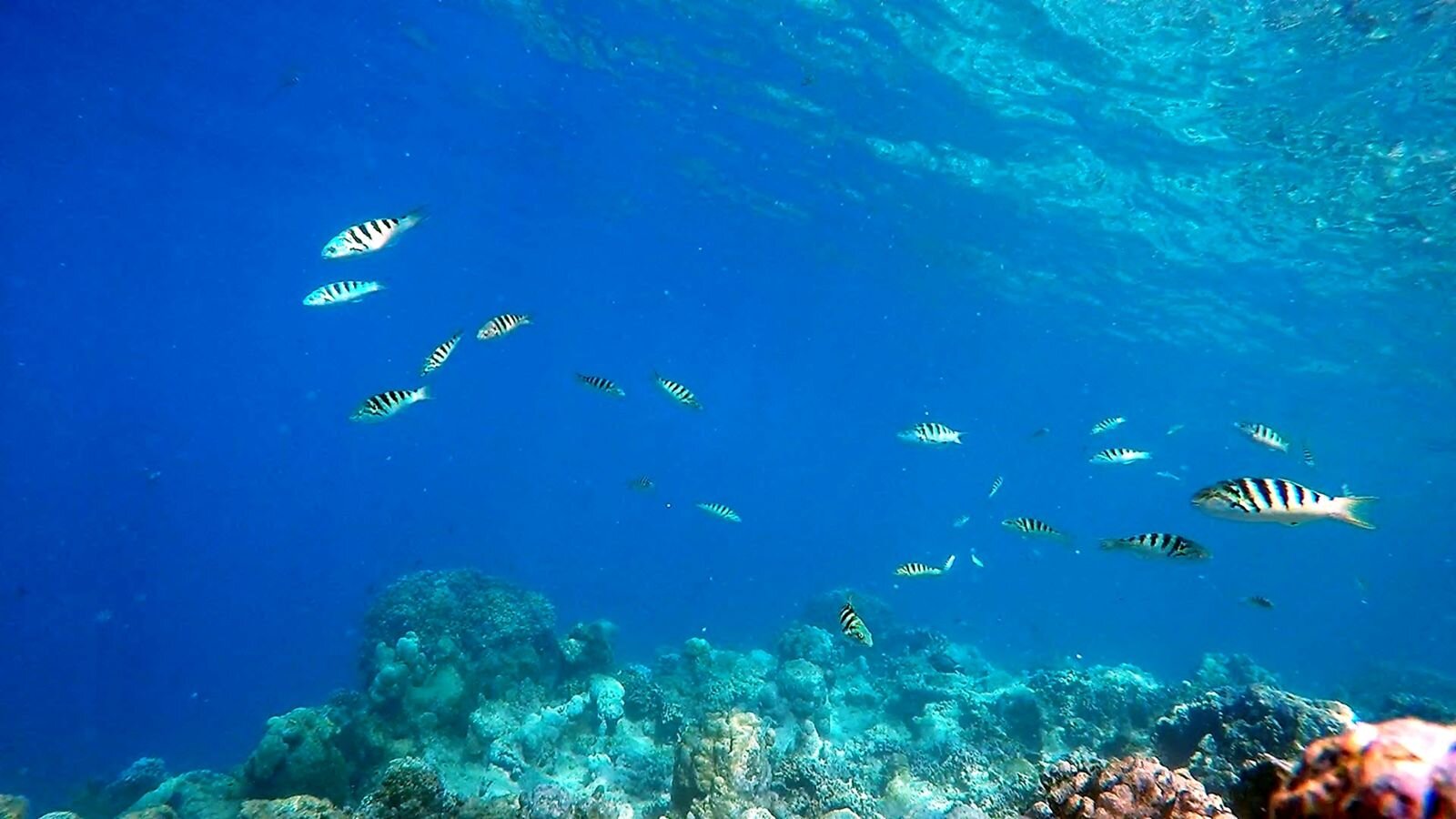 phys.org
phys.org
For some fish, being born close to a new moon increases the chances they will develop as male, while female offspring are more likely when the moon is full, a new study has found.
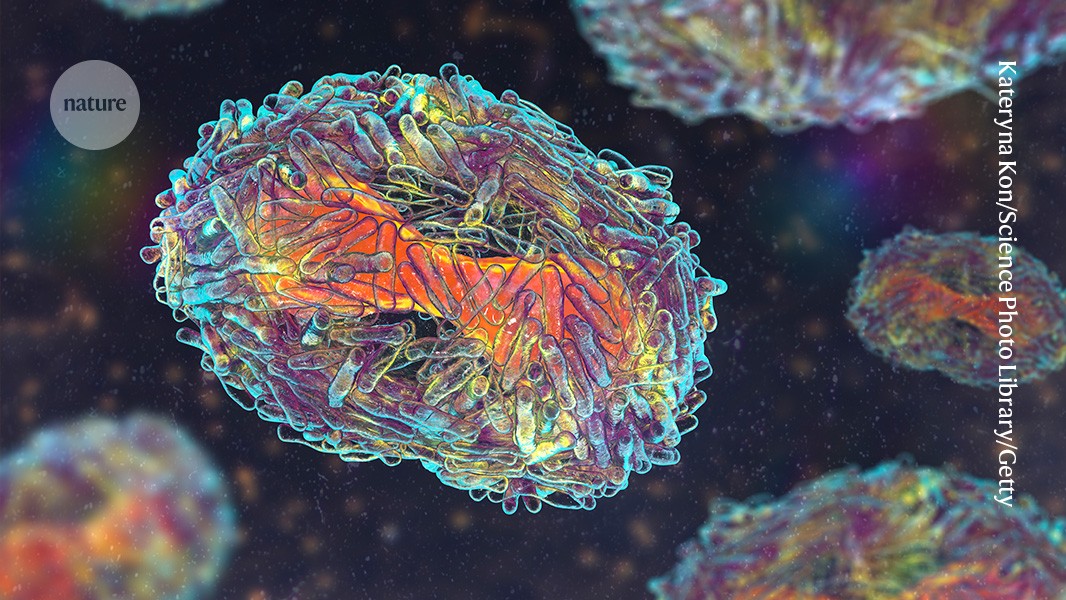 www.nature.com
www.nature.com
The number of pathogens that could trigger the next pandemic has grown to more than 30, and now includes influenza A virus, dengue virus and monkeypox virus, according to an updated list published by the World Health Organization (WHO) this week. Researchers say that the list of ‘priority pathogens’ will help organizations to decide where to focus their efforts in developing treatments, vaccines and diagnostics.
 en.m.wikipedia.org
en.m.wikipedia.org
cross-posted from: https://lemmy.ca/post/25010101 > > Boops boops (/ˈboʊ.ɒps ˈboʊ.ɒps/; from Ancient Greek βόωψ, literally 'ox-eyed'), commonly called the bogue, is a species of seabream native to the eastern Atlantic > > ``` > Domain: Eukaryota > Kingdom: Animalia > Phylum: Chordata > Class: Actinopterygii > Order: Spariformes > Family: Sparidae > Genus: Boops > Species: B. boops > ```
cross-posted from: https://lemmy.ca/post/24113865

cross-posted from: https://lemmy.ca/post/23517604 > Link to patient profile: https://mmrpatients.org/patient/el2401-female-otter-pup-name-tbd/ > > Patient Record (as of 2024-06-20) > > ``` > Species: Sea Otter > Patient ID: EL2401 > Admitted on: 2024/06/17 > Collection Site: Wikkaninnish Island > Reason for Admission: Maternal separation > Weight at Admission: 2.10 kg > Patient Status: in care > Time in Care: 2 days > Current Habitat: Hospital (Intensive Care) > ``` > > Photos: > >  > >  > >  > >  > > 

Such a perfect ending for a paper! "The animals themselves did not long survive in the aquarium. A slow process of dissolution set in at some point on the body, and gradually more and more of the tissue melted away till only the tentacle- and brain-region remained. This crept about for a few days, but finally it, too, disintegrated. THE UNIVERSITY OF CHICAGO, May 12, 1893." Wheeler, W. M. (1894). Journal of Morphology, 9(2), 195–201. doi:10.1002/jmor.1050090203 [@biology](https://mander.xyz/c/biology)
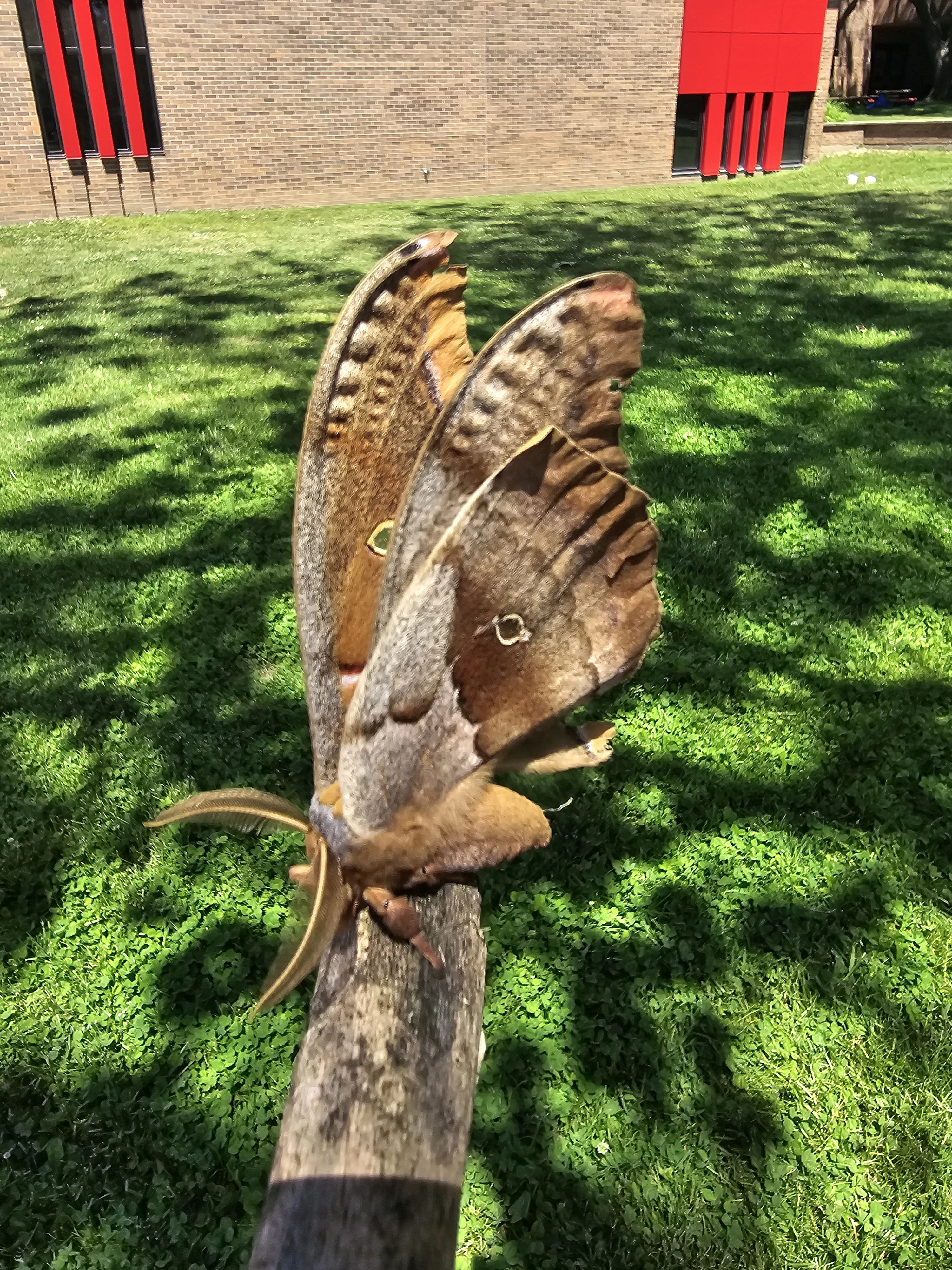 Any chance someone knows anything about it? It was found in the Great Lakes area. It's about palm sized, found near a tree by the playground. I returned it to an out of the way place where kids wouldn't mess it it.
 en.wikipedia.org
en.wikipedia.org
cross-posted from: https://lemmy.ca/post/21700185 > The article is short so I recommend reading it. I started adding the key points below, but ended up including almost the entire article: > > > Number 16 (c. 1974 – 2016), also known as #16, was a wild female trapdoor spider (Gaius villosus, family Idiopidae) that lived in North Bungulla Reserve near Tammin, Western Australia. She lived an estimated 43 years and became the longest-lived spider on record, beating a 28-year-old tarantula who previously held the title. When Number 16 finally died in 2016, it was not of old age but from a parasitic wasp sting. > > --- > > > On March 1974, Australian arachnologist Barbara York Main began a long-term study of spider families. [...] Main returned to the site annually, sometimes more frequently, for more than four decades. > > > Like other trapdoor spiders, Number 16 spent her entire life in the same burrow, subsisting off the edible insects that walked on her burrow's trapdoor-like silk roof. > > > For her 40th birthday, research assistant Leanda Mason wanted to give the spider a mealworm, but Main denied the request since it would interfere with the study > > > Because of Number 16, Main's project took far longer than she had expected. She continued to work into her late 80s, but she "began to look forward to the project's end," The Washington Post reported. Finally, when Main's own health declined before the spider's, she passed the project on to Leanda Mason. > > > On 31 October 2016, researcher Leanda Mason discovered Number 16's burrow in disrepair. The spider was gone. Evidence suggested she was killed by a parasitic spider wasp > > > “She was cut down in her prime [...] It took a while to sink in, to be honest," said Mason > > > After retiring, Barbara York Main moved to a care facility for Alzheimer's. Leanda Mason, who kept in contact with her mentor, said in 2018 that Barbara "remembers No. 16" but "forgets that she’s died."

New paper from Ikeda et al. on the biogenesis of chitin bristles in the annelid [#Platynereis](https://biologists.social/tags/Platynereis) with nice [#vEM](https://biologists.social/tags/vEM) reconstructions and a chitin synthase knockout. Bristles are formed in a process of biological 3D printing. [@biology](https://mander.xyz/c/biology) [\#microscopy](https://biologists.social/tags/microscopy) [https://www.nature.com/articles/s41467-024-48044-3](https://www.nature.com/articles/s41467-024-48044-3)
Biology
!biology@mander.xyzThis is a general community to discuss of all things related to biology!
For a more specific community about asking questions to biologists, you can also visit:

